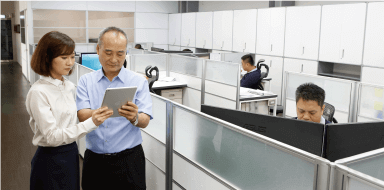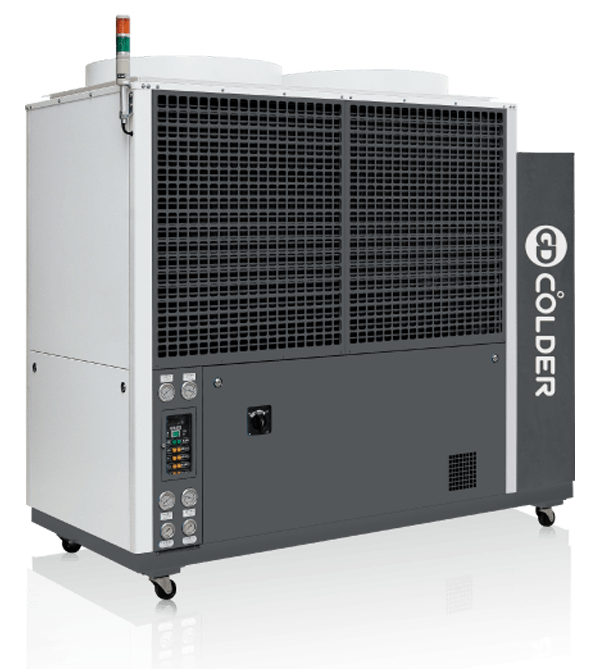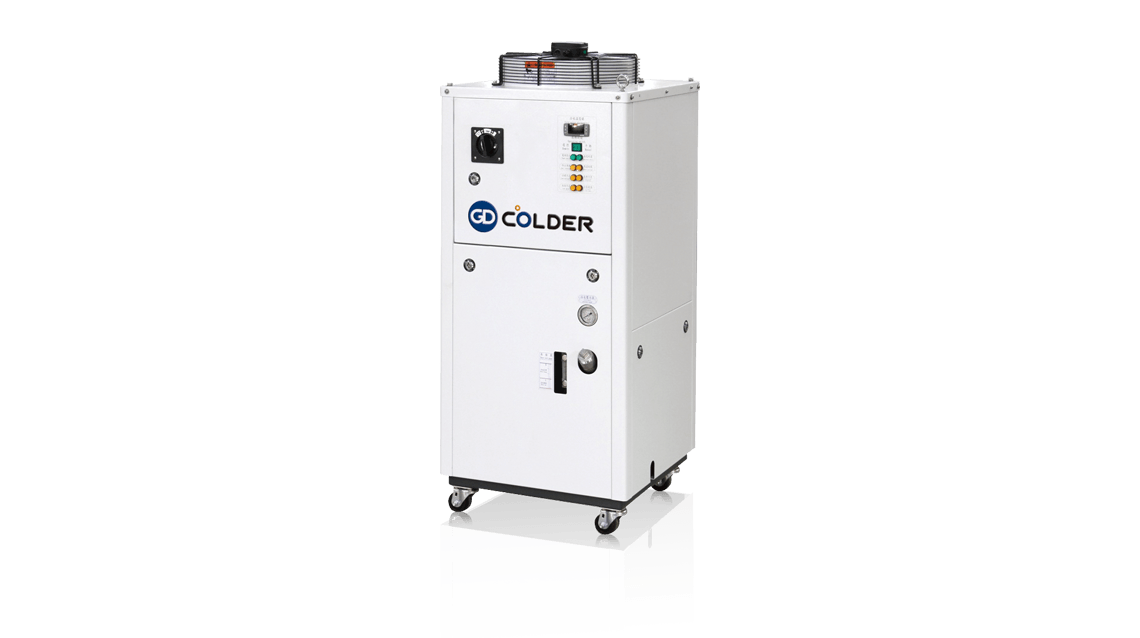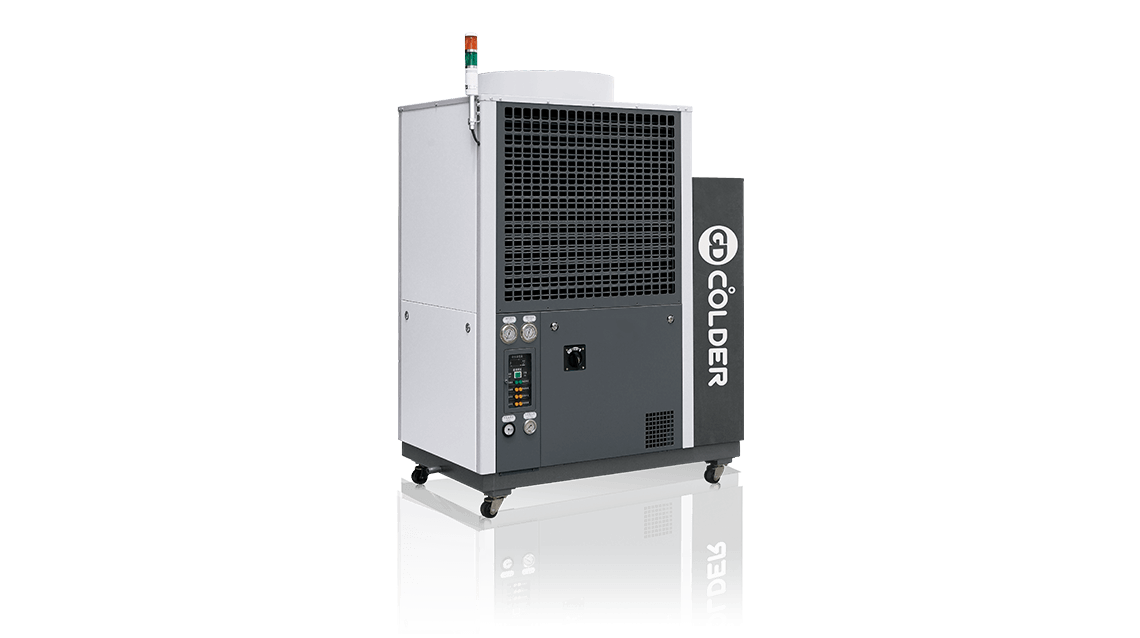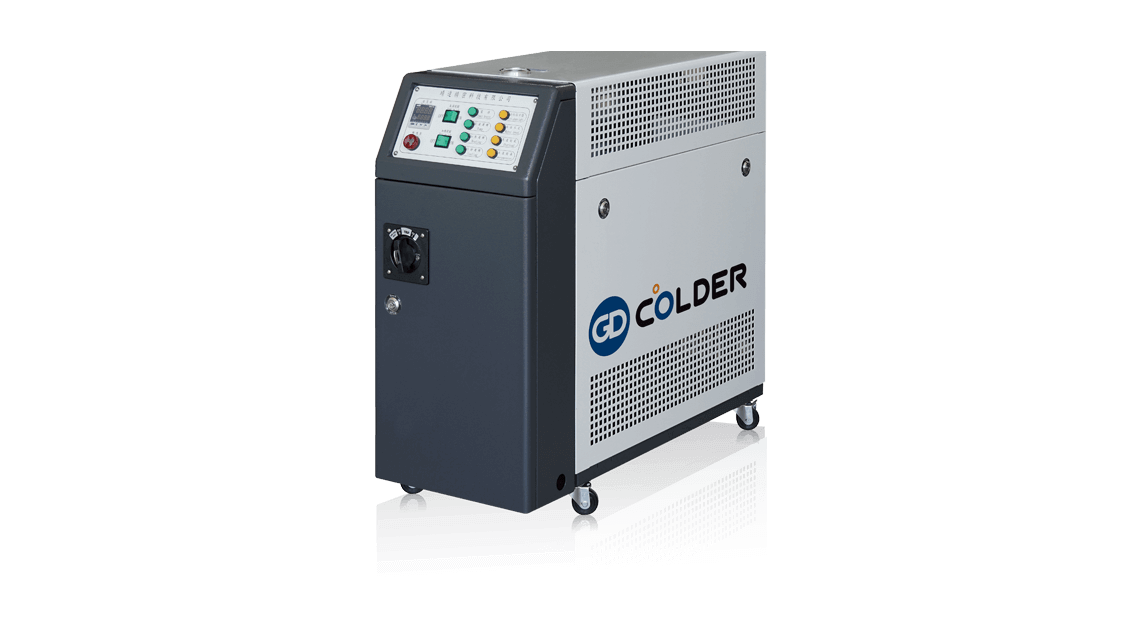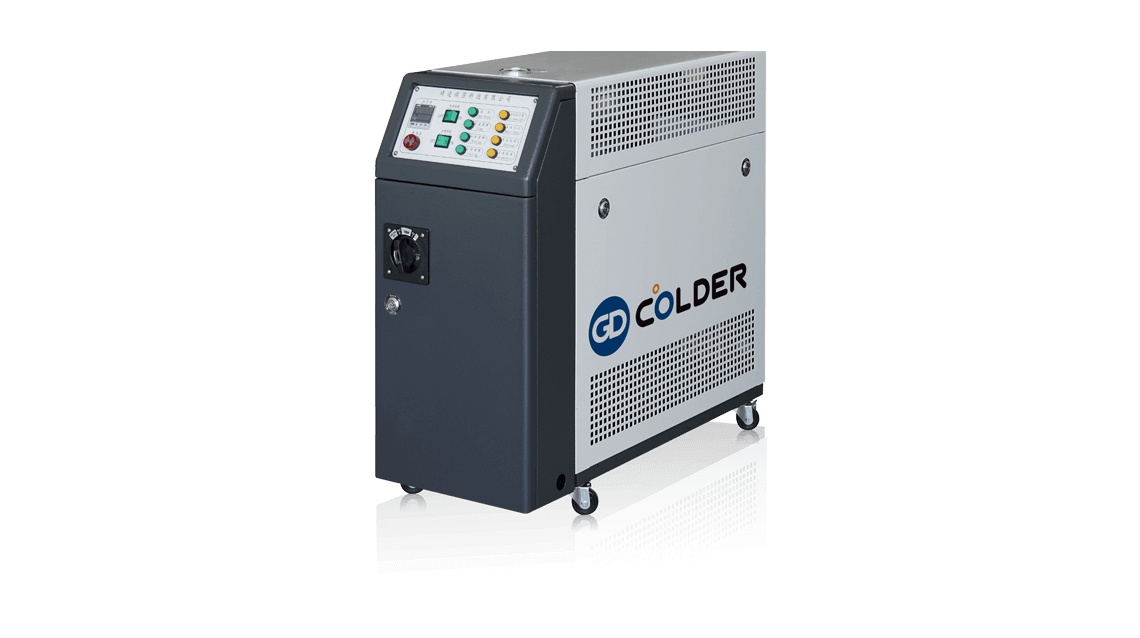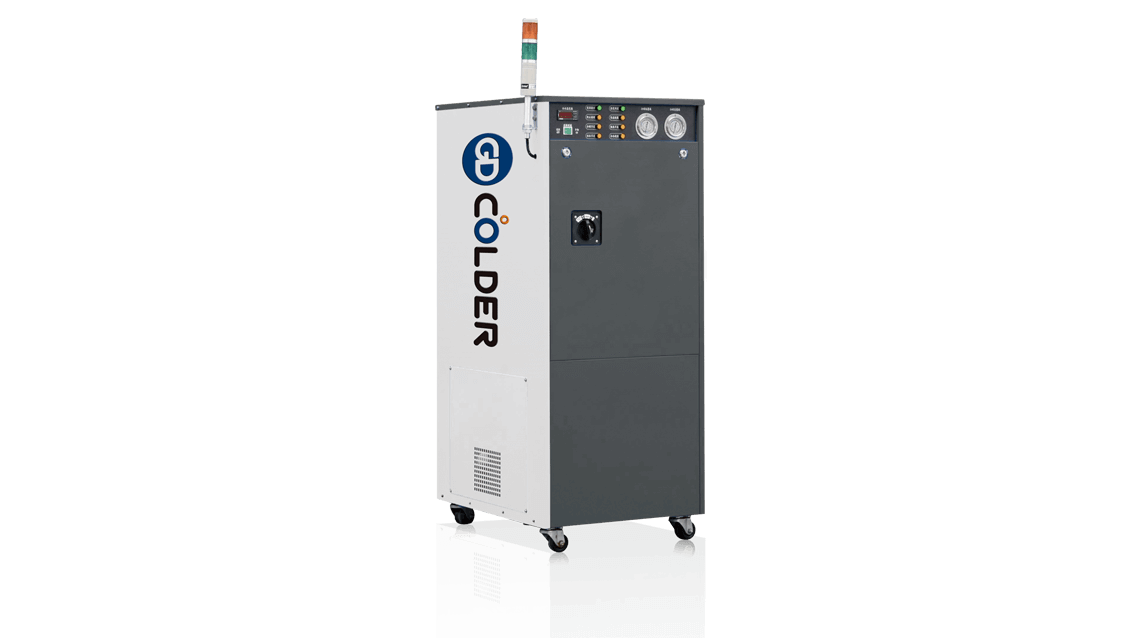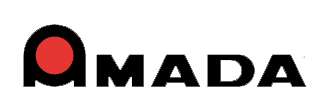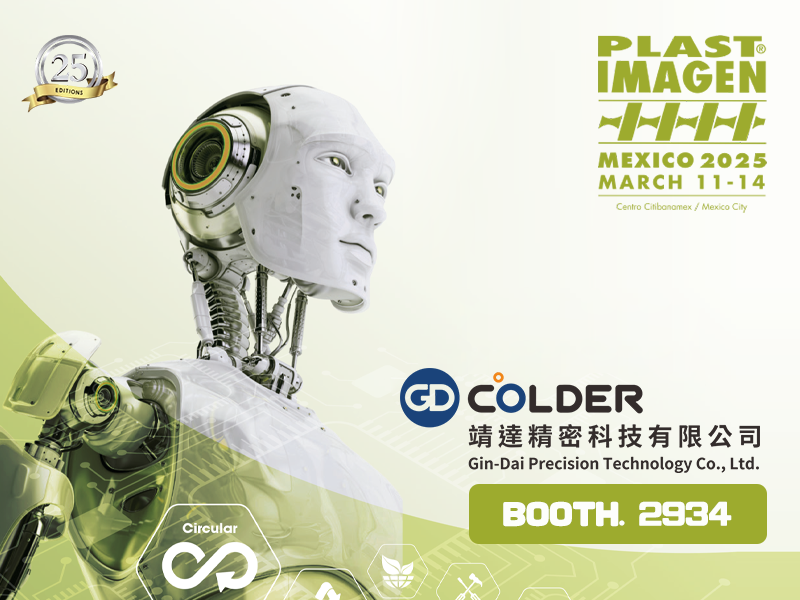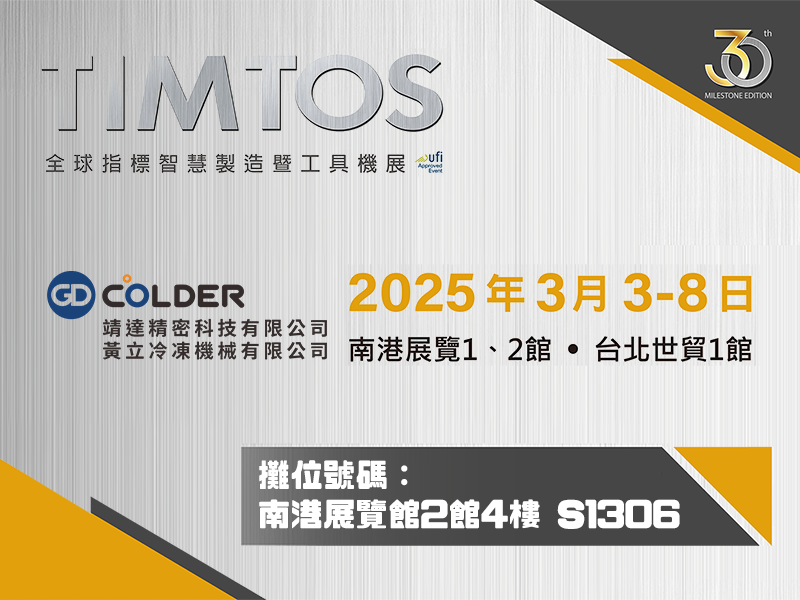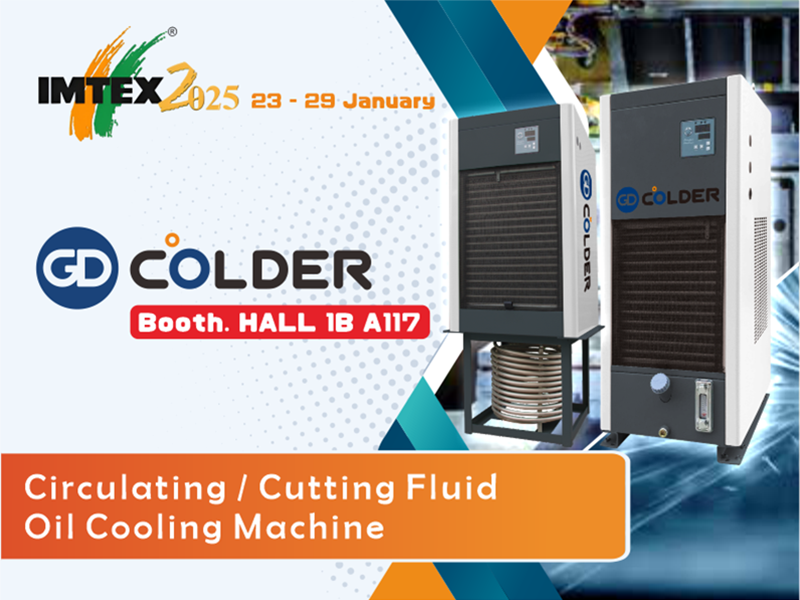Main Products
Main fields of application are the following
Find Your Products From The Applications
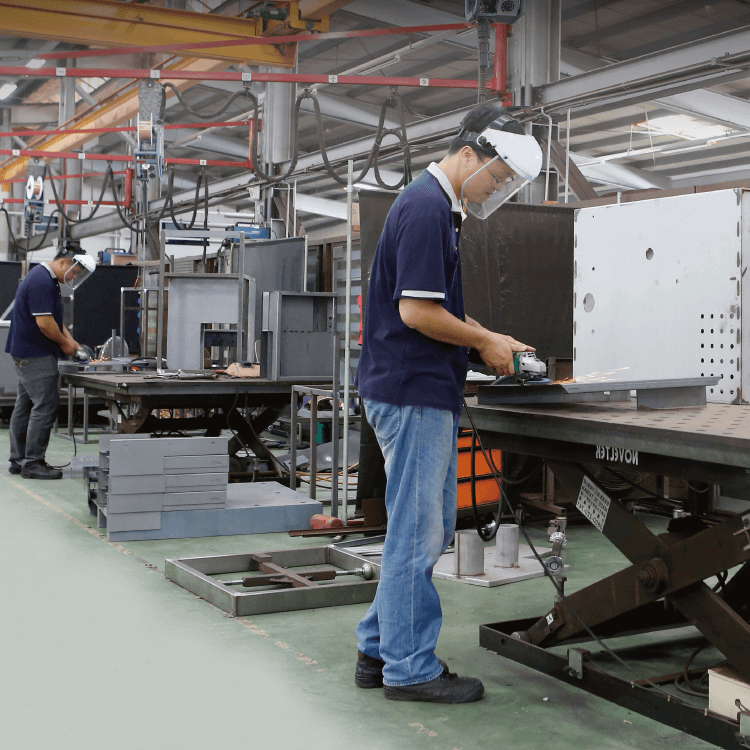
About GDCOLDER
Always Moving Forward
GINDAI was found in 1952. GINDAI has been dedicated to improving the technique of refrigeration and quality of products for more than 60 years. We have sold worldwide over 40 countries. With 4 business concepts, which are innovation, service, quality and customer first, we provide most excellent brand image and comprehensive service. In the field of machine tool, plastics, semiconductor industry and centralized cooling system, GINDAI insists on innovative research and development. In 2001, the branch company was established in Shanghai. We hope we can be outstanding in the future markets and pioneer the new business with customers.
Gin Dai
Read More
Our Latest News

